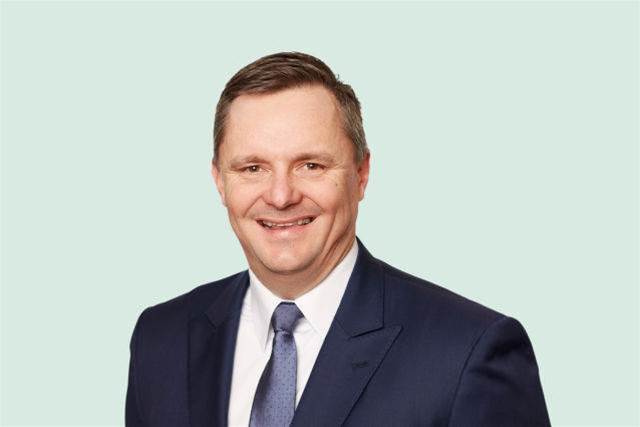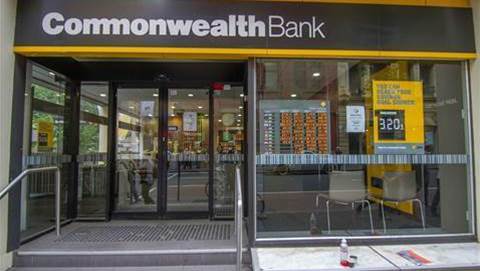Suncorp chief executive Michael Cameron has declared the institution’s ambitious digital transformation program based on a ‘marketplace’ of APIs a success on the same day the bank unexpectedly told shareholders he is quitting after four years.
In an announcement that left Suncorp staff fronting up to work on a Monday morning stunned, the news of Cameron’s imminent departure was conspicuously dovetailed by assurances by the CEO.
“Suncorp now has the digital foundations in place to enable it to be nimble and to seize opportunities. I believe the business has great potential and will continue to enjoy success,” Cameron said.
The bank is also now talking about its “significant digital transformation” in the past tense and said in its statement that there was now an “enterprise wide focus on the customer.”
Cameron will be replaced by Suncorp Group CFO Steve Johnston as acting CEO, with the bank saying it has a robust internal succession planning capacity that will be complemented by an external search – or, put simply, having an each way bet.

Johnston is cited as a former “general manager corporate and government relations at Telstra as it embarked on its digital transformation”. Cameron will however stick around until results in August in a consulting capacity.
Cameron’s unexpected resignation comes as speculation mounts, again, over whether a merger between Bank of Queensland and Suncorp is back on the cards after it was revealed transactional number crunchers have been called in.
Cameron had been the chief proponent of Suncorp’s massive effort to create a common tech base for its multiple brands that stretch across retail banking and insurance.
Billed as a “network of brands” the wider strategy is to be able to create an interoperable ecosystem that fills most customers’ financial services needs and enables synergistic cross-sells and promotions – like giving a good deal to a customer with a mortgage, contents insurance and a car policy.
The marketplace API transformation has been led by former Microsoft Australia chief Pip Marlow in a business unit that sits alongside conventional group IT headed by chief information officer Sarah Harland.
But while the marketplace strategy has gone to plan, Suncorp’s build of a new Oracle-based core banking system has struggled badly and is widely believed to be moribund.
Suncorp currently uses the Hogan core banking system, which Oracle was meant to replace.
The additional cost of running two systems in parallel has also been highlighted by Cameron as a financial pain in the neck with the CEO saying in February the double up was the “last thing we wanted.”
Suncorp’s IT snakes and ladders are certain to weigh on any prospective merger with BoQ, which is also hunting for a new core system to replace its FIS platform.
At the same time, the API platform rollout across Suncorp’s insurance brands could make it easier to decouple and sell those brands because they are not welded to a legacy platform.
Banks continue to be keen on divesting non-core businesses like wealth and insurance as regulatory pressure remains intense and costs related to the royal commission pile-up.
Should a merger between BoQ and Suncorp actually get up – the pair have sniffed each other out before – the event could be a logical catalyst to junk the Oracle project and move to a more modern and reliable product.
The question then would be the scale of any write down Suncorp may have to absorb given the Oracle project was originally budgeted at circa $300 million.
That is now likely to be revealed in August when Suncorp hands down its full year results.


























